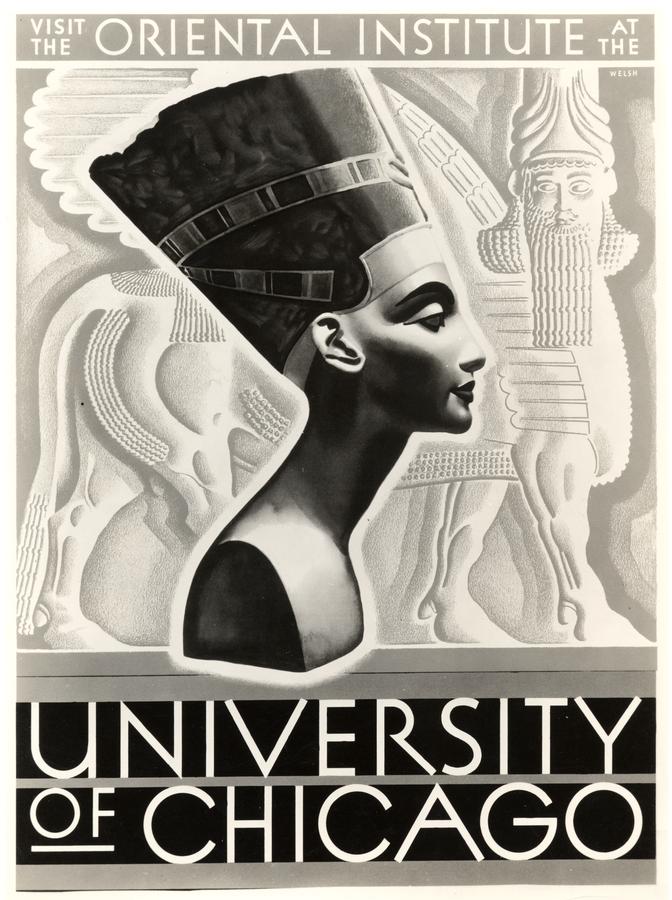University of Chicago Magazine, July-August 2010
“The great expanse of ruins, once teeming with life and resounding with the voices of a powerful people who dominated most of Asia Minor, now lies mute and barren.” So wrote archaeologist H. H. van der Osten in 1926 about Kerkenes Dag, the low mountain in Turkey where a vast city once stood. Those who had seen the ruin couldn’t agree on its age, so James Henry Breasted asked his colleague Erich Schmidt, who was stationed nearby codirecting the Oriental Institute’s Hittite Survey, to look more closely.
Schmidt’s succinct wire back, “kerkenes posthittite preclassical + schmidt,” confirmed that the city belonged to the late Iron Age—not a period of immediate interest to the OI expedition. That was the end of any serious digging at Kerkenes for seven decades.
Fast-forward to 1993, when Geoffrey and Françoise Summers of Middle East Technical University launched a new excavation that soon drew researchers affiliated with the OI. Scott Branting, AM’96, then a Chicago master’s student in Hittitology and Anatolian Archaeology, wound up writing his dissertation on the city plan at Kerkenes. Today Branting is a codirector of the excavation as well as director of the OI’s Center for Ancient Middle Eastern Landscapes (CAMEL) and assistant research professor.
Last summer Branting and assistant conservator Alison Whyte spent time working at Kerkenes. When they returned, they fielded questions about the significance of the site and the role of conservators at an excavation.
Read the rest...
See the chronicle of news about the Oriental Institute.






 Stumble It!
Stumble It!


No comments:
Post a Comment